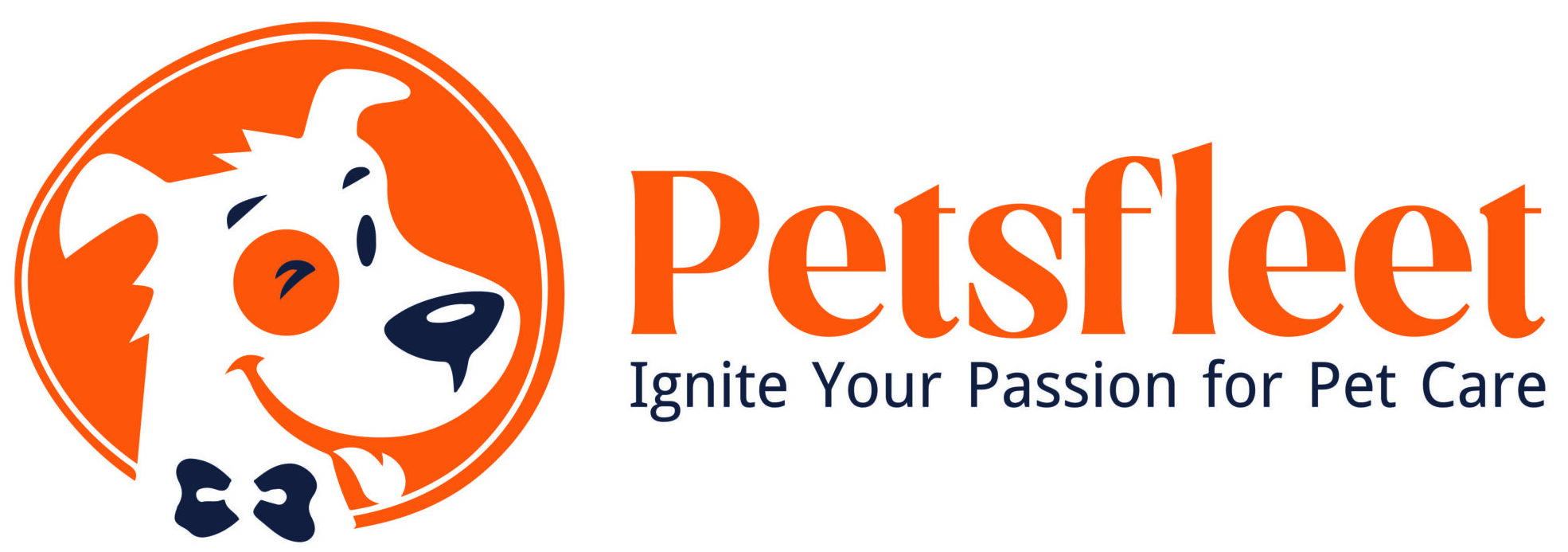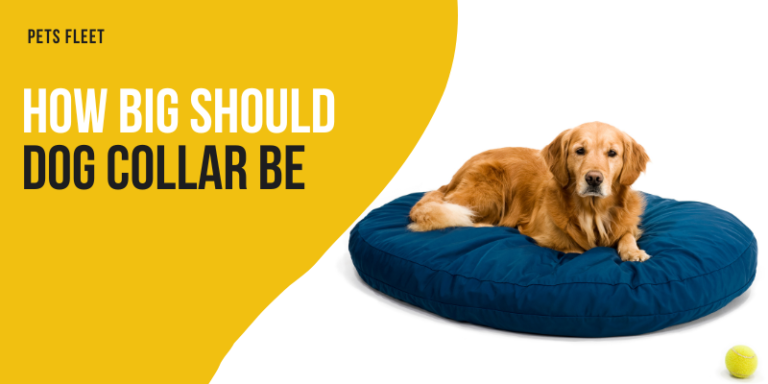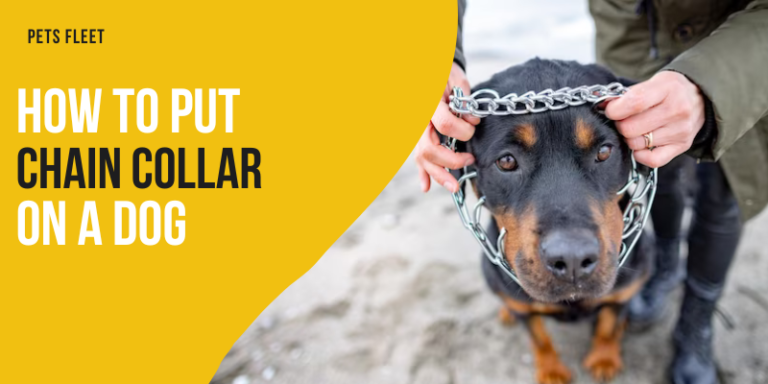Difference between Training Collars and Everyday Collars [Complete Guide]

Being a dog owner it is important to understand the importance of selecting the right collar for your furry friend. Collars have different functions from safety and identification to control and training. Two common types of collars that you will see in your everyday routine are everyday collars and training collars. While both are designed for your dogs both have different functions because of their features and considerations. In this guide, we will look at some key differences between training collars and everyday collars and help you make an informed decision for your furry companion.
What Are Training Collars and Everyday Collars?
There is a lot of difference between training collars and everyday collars and you must know the difference before you make any decision.
Everyday Collars:
Regular collars, standard collars, and flat collars are all the names of everyday collars. They are designed for daily use and to perform other important functions like:
- Identification: The major function of an everyday collar is the identification of your dog. It has your dog’s name and contact information on it. This will help if your dog gets lost or if someone finds them.
- Leash Attachment: Everyday collars have an O-ring or a D-ring that is used to attach when your dog goes on outdoor activities.
- Safety: These collars also have information about the vaccination status of your dog. This means that your dog is up to date on vaccination and safe.
- Comfort: Everyday collars are very comfortable and made of materials like leather, nylon, or fabric which makes them suitable for many years.
Training Collars:
Training collars are made for different purposes. They are specially designed to correct your dog’s behavior and to train them. These collars are not used constantly but for small training sessions. There are different types of training collars and each one is used for different purpose
- Martingale Collars: These collars serve the special purpose of preventing your pup from slipping out of the collar when walking on a leash. When your dog pulls these collars tighten slightly and they don’t cause any choking.
- Prong Collars: They are used in advanced training sessions. They are also known as pinch collars as they apply pressure on a dog’s neck when pulled.
- Remote Training Collars (E-Collars): E-collars work with remote control and often allow you to deliver signals like vibration to correct the behavior of your dog.
- Head Collars: Head collars, work by fitting around your dog’s neck and muzzle. They provide greater control by directing the head of your dog making it useful in managing pulling. They are used in aggressive dog training.
Difference Between Everyday Collars and Training Collars
Function and Purpose
Everyday collars serve a specific purpose of safety, identification, and leash attachment during walks. They are very comfortable and designed for everyday use. These collars withstand wear and tear and keep your dog safe in different conditions.
As the name suggests these collars are used to assist your dog in training. They are not made to use constantly and help in communicating with your dog in different training sessions. They also help in enforcing different behaviors and obedience commands.
Durability and Materials
Everyday collars are made from durable materials like leather, nylon, or fabric. They are made in a way to withstand daily wear and tear along with that these collars prioritize comfort and safety.
Training collars are made typically by keeping durability in mind but their durability varies according to the type of collar. For example, the E collars are made of electronic components, and the prong collars are made of metal. The type of training collar depends on the specific needs of dogs and the preference of the owner.
Comfort and Fit
Dogs have to wear the everyday collar continuously so comfort is the main consideration in these collars. These collars are adjustable and come in different sizes so they adjust properly. They are made to avoid discomfort if worn for a longer period of time.
Training collars are not made to be used for longer periods of time, so the comfort level will not be the same as compared to everyday collars. However, a proper fit is still necessary to avoid discomfort or injury during training sessions. Always follow the manufacturer’s instructions for the proper fitting of the collar.
Frequency of Use
These collars are designed in a way that they can be worn continuously. Your pup can easily wear it throughout the day and night. The only time you have to remove these collars is when you bathe your dog.
Training collars should only be used when the training is done or for any specific activities. It is important to remove these collars after training sessions to ensure the comfort and safety of your dog.

Conclusion
The main difference between everyday collars and training collars is their material, function, usage, and comfort. Everyday collars are made for identification, leash attachment, and comfort. Training collars are used for training and to correct the behavior of your dog. It’s important to choose collars that meet the needs of your dog and consult with a professional for proper guidance.
FAQS
Can I use an everyday collar for training my dog?
Everyday collars are not designed for this purpose. You can use them for basic obedience purposes but they will not correct any behavior. For specialized training, it is advised to use special collars like head collars or remote training collars.
Are training collars harmful to dogs?
Training collars are if used correctly there will be no harm to the dogs. However, if you use them with excessive force it will lead to emotional and physical harm. It’s best if you follow the instructions or seek guidance from the trainer.
What’s the right age to start using a training collar on my puppy?
Do not use training collars on very small puppies. It’s important to wait until your puppy gets big enough to understand the training commands. You should start around six months of age and consult a professional for guidance.
Can I leave an everyday collar on my dog all the time?
While everyday collars are designed to be used continuously it is advised to not use them during activities like bathing or playing with other dogs. Additionally, make sure that the collar is not too fit or too tight so your pup can stay comfortable in it.






